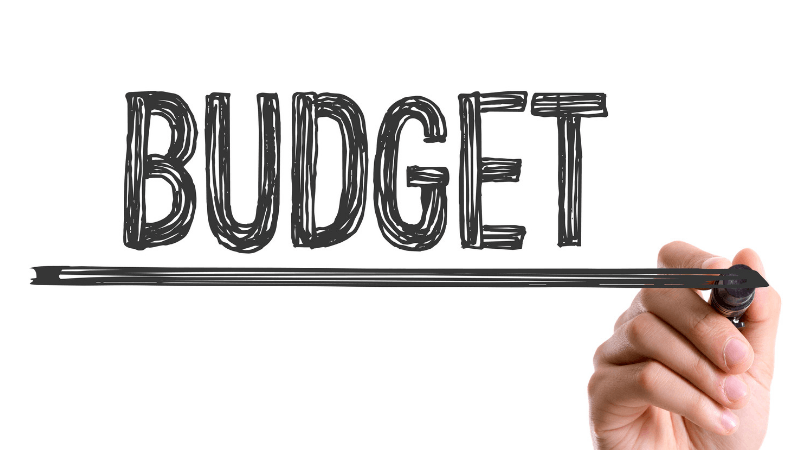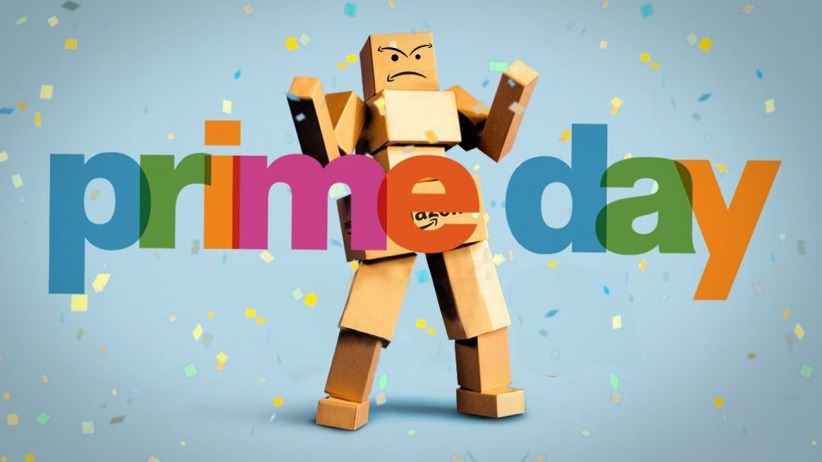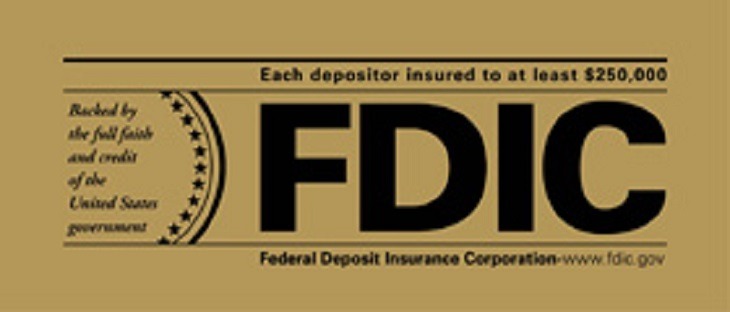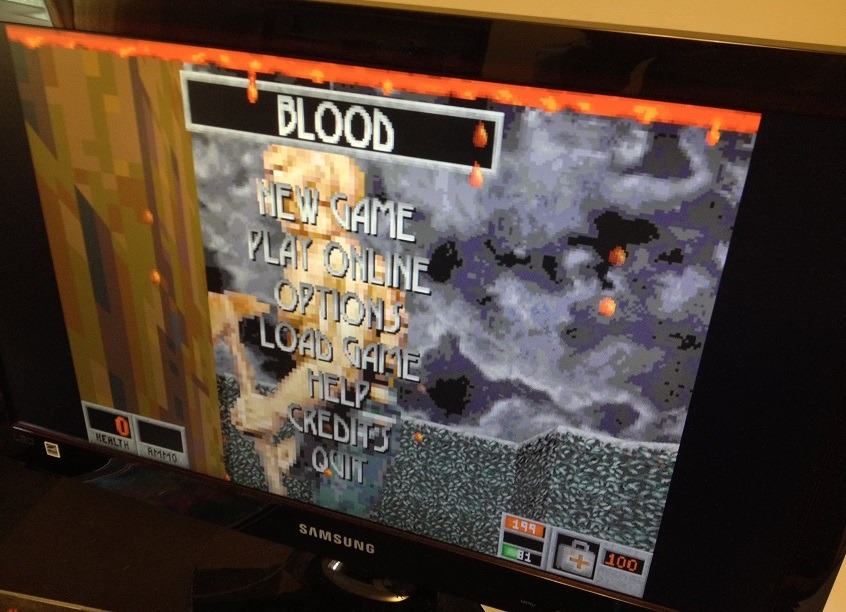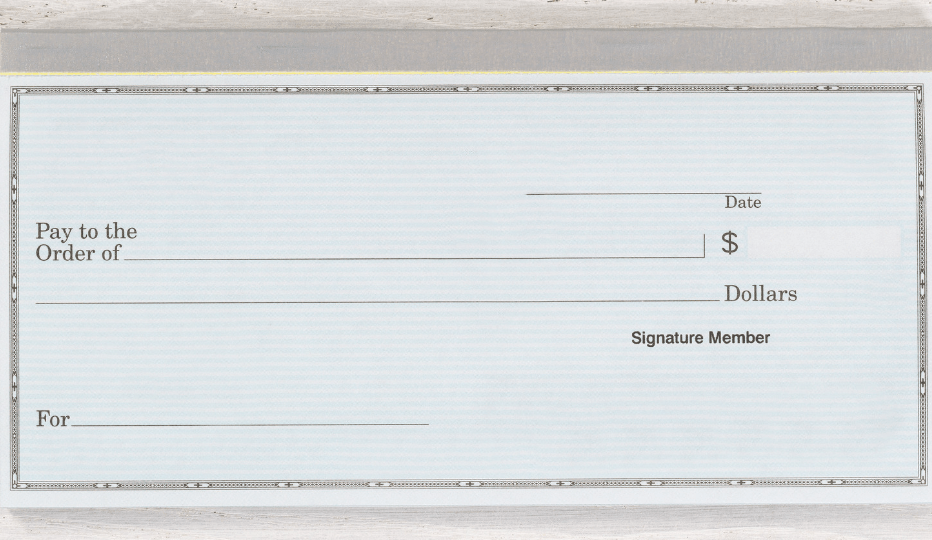If you’re familiar with prepaid debit cards, you know that you can swipe them at the register to make your purchases just like credit cards. But there’s more to prepaid debit cards. Lots more.
From practical, financial management uses to entertainment to rewards, people are using prepaid cards for about everything that checking accounts, credit cards, and even budgeting software are.
And I bet you won’t know at least one of them.
1. Watch movies and stream live TV
If you’re not yet among the 95 million people who like to stream on Disney+ or 200 million Netflix subscribers, you can sign up for either with your prepaid debit card. Or maybe you’re looking to join the cord-cutters, then you can take your prepaid card out and check out Sling TV.
Netflix has some of the latest movies, original content, and TV series that are just fun to binge or re-binge. (I’ve been re-watching Supernatural lately). Disney+ has opened up the whole Disney library and keeps adding original series. And Sling is knocking off up to 60% of the cost of former cable subscribers.
All of these streaming services accept Visa or Mastercard prepaid cards. Just enter your prepaid card information just like a credit card.
2. Make, and keep, a budget
Prepaid cards can be an invaluable tool in keeping a budget. You can get a detailed purchase history to see where you can cut spending. With some prepaid cards, you can set spending categories and get alerts when you’re about to spend too much.
There are even cards that allow you to get separate cards to create an “allowance” for optional expenses–like entertainment or eating out.
3. Pay allowance / spend allowance
Speaking of allowance, teen prepaid cards allow parents to automate payments to kids or even tie it to chores. Teens can use the cards online or in stores and have a safer alternative to carrying cash while parents get some visibility into their spending.
4. Protecting you from . . . you
Unlike checking accounts, prepaid cards don’t come with the risk of overdraft fees. It’s one of the biggest motivators for prepaid card users to use the cards as checking account replacements.
And yes, you can avoid overdraft charges by keeping close track of a checking account balance. But the reality is, some people just won’t. And once the overdraft fees start, they pile up quickly.
Banks know it too. According to the Consumer Financial Protection Bureau, over 65% of all checking account fee revenues come from overdraft and bounced check fees.
5. Shop on Amazon
Amazon takes prepaid cards just like credit cards. The checkout process is exactly the same.
You can even get Amazon Prime–typically reserved just for credit card holders. Just buy your Prime membership as a gift–for yourself. And you can use prepaid debit cards to do that.
6. Earn travel rewards
Travel rewards used to be just for credit cards. The United MileagePlus Go prepaid card changed that. You can earn 1 United airline mile per $2 spent using the card. More if you choose the annual fee program.
7. Get FDIC Insurance–just like money in the bank
Most prepaid cards are protected by FDIC insurance, the federal government’s guarantee of your money in case of bank failure. Every traditional bank-issued prepaid card has it–like the Chase Liquid, Wells Fargo EasyPay Card, and PNC SmartAccess® Prepaid Visa® Card cards.
But so do the well-known national brands, like Green Dot Prepaid Visa®, Netspend® Visa® Prepaid Card, and Walmart MoneyCard® Visa®.
Note: Prepaid cards aren’t required by law to be covered by FDIC insurance. So, always check the terms and conditions when getting a new card to make sure.
8. Win money
It’s not uncommon for prepaid cards to offer promotions with a chance to win some cash.
Walmart MoneyCard® Visa® offers a monthly give away, with a $1,000 top prize. No end date on this one. You can enter just by using the savings vault feature–a way to stash some cash for later purchases. It’s the MoneyCard’s way of promoting savings. Pretty smart.
9. Earn interest–big time
Some prepaid cards offer companion high-interest savings accounts.
Cards like Netspend® Visa® Prepaid Card, Mango Prepaid Mastercard, and Brink's Prepaid Mastercard® offer 5% APY on savings balances up to $1,000 (for Netspend and Brink’s) and $5,000 (for Mango).
10. Improve your credit (although not your score)
Prepaid cards won’t directly improve your credit score. But what they can do is help you avoid all the negatives–like bounced checks reported to Chexsystems, missed credit card payments, or running up high-interest debt. If you tend to fall into those traps, prepaid cards can help stop the cycle, gain a little financial control, and allow you to start fixing past sins. All of which can ultimately help you improve your score, albeit indirectly.
11. Gaming
You can use prepaid debit cards for Xbox Live and the PlayStation Network. You just need to activate or register the card first. The temporary ones you buy at the store (probably) won’t work.
If you’re more inclined to PC Games like me, no problem. Steam will take them too. For my part, I recommend that any gamer check out the vintage 1994 game, Blood. It’s an old-school first-person shooter with hilarious one-liners, references to slasher movies from the 70s to 90s, and comically large quantities of, well, blood from the baddies. Five bucks for hours of mindless fun.
12. Express Yourself
You can add a little of yourself to your plastic with some prepaid cards.
Cards like Netspend® Visa® Prepaid Card and Brink's Prepaid Mastercard® let you decide what your card will look like. Just upload a photo of yourself, your kids, your dogs, or whatever, and they’ll create your card from the photo.
CARD.com Visa® Prepaid Card takes a different approach. It offers thousands of ready-made card designs featuring NFL players, art, pop culture, television, and social causes. Just about anything really. You decide.
13. Cashback or other rewards
Again, prepaid cards are taking a play from the credit card playbook. A number of cards offer rewards–like cash back or even groceries. They’re not so generous as their credit card counterparts, but they can add a little walking around money.
14. Get lower fees than checking
No, seriously. Prepaid cards have gotten a bad rap for the fees that some charge. And some totally deserve it. But prepaid cards have gotten more competitive, and free checking is harder to come by these days.
Case in point. The monthly fees for basic checking accounts at the 3 largest banks are $10 to $12. (Wells Fargo Everyday Checking has a $10 monthly fee; Chase Total Checking and Bank of America Core Checking charge $12.)
Monthly fees for prepaid cards, on the other hand, usually run $4 to $10 per month.
While banks waive the monthly fees for these accounts if you use direct deposit or maintain a minimum balance, some prepaid cards let you waive the monthly fee if you load a minimum monthly amount through direct deposit or otherwise.
15. Grow a big beard, carpool, and vape like a cloud chaser
Ok, I can’t back that up.
But what is true is that Millenials are using prepaid debit cards. To the tune of 45%, according to a Federal Reserve Bank of Philadelphia study. That number jumps to 60% for higher-income earners. Maybe Gen Y has discovered some of these uses for prepaid cards.
As to the Millennial stereotypes, they’re exactly like the Gen X ones of my generation. Funny, if not wildly inaccurate.



